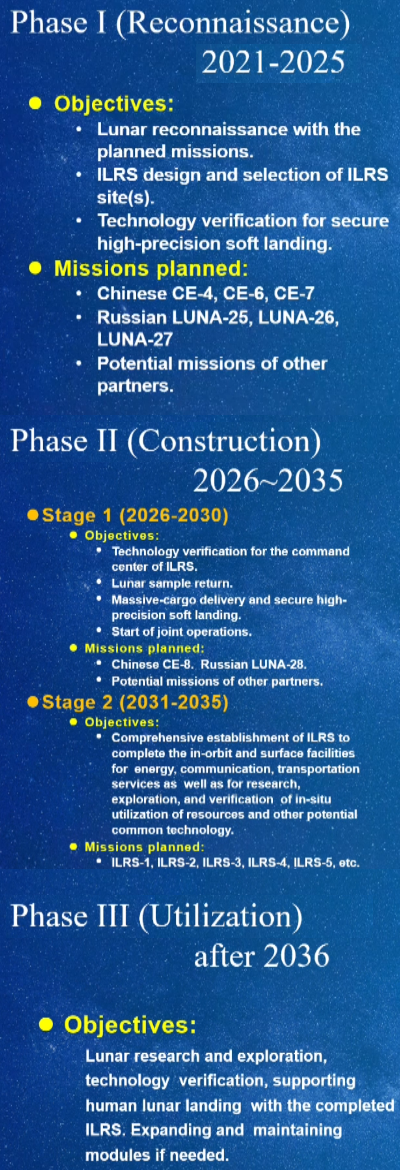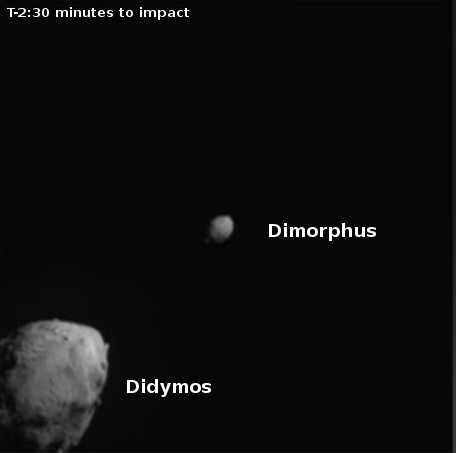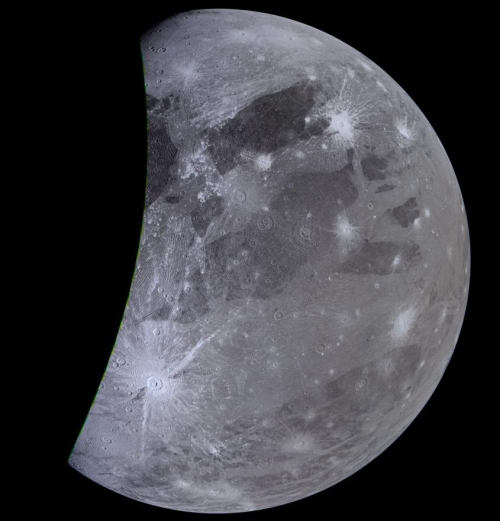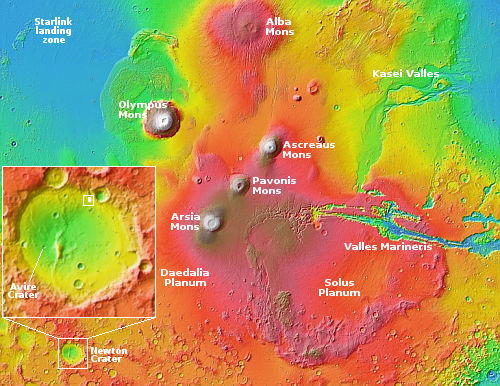Ingenuity completed 33rd flight this past weekend
This notice is a bit late, but then, there really isn’t much to report. According to the Ingenuity flight log, engineers successfully completed the helicopter’s 33rd flight on September 24, 2022, flying about 364 feet for 55 seconds.
The plan had been to fly 365 feet for 55.6 seconds, so that matched their plan almost exactly. According to the interactive map that tracks the movement of both the rover Perseverance and the helicopter, this flight continued the helicopter’s movement almost due west, bringing it closer to the rover so as to facilitate communications.
The primary goal of Ingenuity’s engineering team at this time is to refine the accuracy of their software in order to better understand how to fly robots on Mars. This will help prepare the next helicopters for future missions.
This notice is a bit late, but then, there really isn’t much to report. According to the Ingenuity flight log, engineers successfully completed the helicopter’s 33rd flight on September 24, 2022, flying about 364 feet for 55 seconds.
The plan had been to fly 365 feet for 55.6 seconds, so that matched their plan almost exactly. According to the interactive map that tracks the movement of both the rover Perseverance and the helicopter, this flight continued the helicopter’s movement almost due west, bringing it closer to the rover so as to facilitate communications.
The primary goal of Ingenuity’s engineering team at this time is to refine the accuracy of their software in order to better understand how to fly robots on Mars. This will help prepare the next helicopters for future missions.














